Canon EOS 5D Mark III revealed – first videos & my thoughts
To say that the Canon EOS 5D Mark III is a long anticipated release is a crass understatement. The 5D Mark II was the camera that started the DSLR craziness that spurred the explosion in quantity and sometimes cinematic quality we now take for granted from productions with even the smallest budgets. It changed the market entirely.
Yet the one that started it all was neglected for a looong time by Canon. It turned out that the unexpected success with filmmakers made them develop the Canon C300, the first real video camera by Canon that took the best of the DSLR video features (mainly being a large sensor and the small form factor) and combined it with camcorder features which video professionals like me have missed from DSLRs from day one. (Read my review of the Canon C300, which I’m a very happy owner of since about a week ago, right here.)
People who started out with DSLRs probably never missed what people like me took for granted (XLR audio, built-in ND filters, sharp images without line-skipping or aliasing), and we too ignored the sometimes massive downsides of having to deal with dual system audio, complicated rigs and filters to make the moiré less noticeable – simply because the images where nothing short of stunning compared to even the most expensive broadcast camcorders. Much closer to film – also in the way you have to work with these cameras with interchangeable lenses. A true revolution.
It has arrived – 5D Mark III
But now, three and a half years after the introduction of its predecessor, Canon has introduced its successor. And – it’s far from revolutionary. Of course it isn’t, how could it be, now that we have been spoilt with so many great other options in all price ranges. The full frame cameras capable of shooting video are still very rare though, and therefore the 5D Mark III is a very, very relevant option for a lot of stuff. The aesthetics of the 5D Mark II are still very unique despite its comparably “old age”.

However, the video improvements in the 5D Mark III are considerable and it looks like it’s well worth the upgrade:
- better light sensitivity (2 more stops) and higher ISO’s (25.600 in video), cleaner images due to new sensor and DIGIC 5+ processor
- hugely reduced moiré and aliasing through the better processor (in other words: no more line skipping)
- better codecs: you can choose between Inter-frame or Intra-frame (i-frame only) codecs, which means that basically every frame is a keyframe, resulting in better quality. Frame rates are the same, 1080p30, 1080p25 or 1080p24 as well as 720p60 and 720p50.
- SMPTE Timecode (a biggie for a lot of productions that use several cameras!)
- Headphone jack … sounds basic, but it became an object of desire on all Canon DSLRs because you were never able to monitor audio …
- audio leveling during recording (yep, also basic, but something we’re not used to from Canon DSLRs)
- in-camera HDR (this is HUGE and long-overdue, great for timelapse shooters!)
Unfortunately, it still doesn’t offer clean HDMI out. That means there is still no way to record video on an external device. It’s a bit disappointing considering Nikon provides clean HDMI out on their D4 and D800, but again, I think this was to be expected.
It’s hard to give any judgement without having used the camera, so I will refrain from that – the demo videos that are out there so far are a bit underwhelming, but that is also because of that crazy high compression they are using, which makes absolutely no sense to me. I dare to say already that the 5D Mark III is nowhere as sharp as the C300, but again, that was to be expected (the C300 uses a 4K chip internally but saves files in 1080p).
Pricing & availability
The 5D Mark III will be available in limited quantities by the end of March (so get in line now) for a suggested retail price of $3499. A lot of used 5D Mark II’s will pop up on eBay soon. If you want to upgrade, I suggest you get your order in now as I expect prices for the 5D Mark II to drop massively, both used and new.
Both Amazon.com and B&H Photo have it available for preorder already.
The full press release:
London, UK, 2nd March 2012 – Canon today announces the latest addition to its worldfamous EOS range with the launch of the new EOS 5D Mark III. The EOS 5D Mark IIIbuilds on the performance of the legendary EOS 5D Mark II, offering improved speed,greater resolution, enhanced processing power and extended creative options for bothstills and Full HD movies – providing unparalleled artistic freedom for the most demanding photographers.
Incorporating feedback from photographers worldwide, the EOS 5D Mark III offers improved performance in virtually every area. A new 22.3 Megapixel (MP) full-frame sensor offers the ideal balance of resolution for stills and HD movies and up to 6 frames per second (fps) shooting, whilst a 61-point AF system and 63-zone metering provide greater speed, flexibility and accuracy. Powered by the latest DIGIC 5+ processing technology, the EOS 5D Mark III also features enhanced video functions, offeringimproved image quality alongside greater audio control – redefining creative possibilities for photographers and amateur videographers alike. “The EOS 5D Mark III represents a big step forward for the EOS 5D series” said Kieran Magee, Marketing Director, Professional Imaging, Canon Europe. “The EOS 5D Mark II is an exceptional camera and we’ve listened carefully to feedback from its passionate community of users to improve performance in every area. This camera has been designed to meet virtually any creative challenge – it’s faster, more responsive and features the tools to adapt to everything from studio photography to creative videography, while producing results of the highest quality.”
Enhanced performance
With its comprehensively upgraded specification, the EOS 5D Mark III is the ideal toolfor the growing number of photographers shooting both stills and movies. It incorporates a number of the features launched with Canon’s revolutionary EOS-1D X,providing vastly improved performance, flexibility, handling and durability. The camera’s newly-developed 22.3MP full-frame sensor provides increased resolution and finer detail, enabling the capture of a wide range of scenes, from sweeping landscapes to beautiful portraits. Higher speed continuous shooting also offers expanded creative possibilities. With an increased 8-channel read out, the camera comfortably handles a maximum full resolution speed of up to 6fps in bursts of 18 RAW images or over 16,000 JPEGs1, without the need for additional accessories. Additionally, the sensor’s advanced architecture offers a huge native ISO range of 100-25,600, expandable to 102,400, making it possible to capture clean, high quality pictures, even in extreme low-light conditions.
The EOS 5D Mark III utilises the same 61-point wide-area AF system as the flagship EOS-1D X, providing exceptional sensitivity, precision and speed. One of the most advanced AF systems currently available, it features an impressive 41 cross-type points and five dual cross-type points, providing unsurpassed accuracy across the frame. The customisable AF pre-sets introduced in the EOS-1D X are also available, helping the capture of traditionally challenging subjects, and providing additional reliability in ituations where subject movement can be unpredictable. Highly accurate exposures are provided by Canon’s acclaimed iFCL metering system, which incorporates a 63-zone Dual-Layer sensor linked to each point of the AF system. Focus information gathered from the AF system is analysed alongside colour and luminance signals measured by the metering sensor itself, enabling the EOS 5D Mark III to deliver consistently accurate skin tones and excellent results in a wide range of shooting situations.
Creative performance without compromise
The EOS 5D Mark III features Canon’s latest DIGIC 5+ image processor, which powers a range of new functions without affecting the camera’s performance. 14-bit A/D conversion provides smoother tonal gradation and transitions between colours, while in-camera HDR shooting combines three different exposures and allows one of five preset tone maps to be applied, enabling photographers to capture all the detail in high contrast scenes. With in-camera RAW processing and editing capability, photographers also have the option to immediately begin post-processing their images while still on a shoot. The increased power of DIGIC 5+ also enables a range of tools which contribute to higher image quality. Lens peripheral illumination correction, Lens chromatic aberration correction (lateral and axial) and high ISO noise reduction are all performed in-camera without affecting performance, allowing photographers to continue shooting without any camera lag. Additionally, in-camera image rating via a dedicated button makes it easy for photographers to organise images ahead of post-production. The EOS 5D Mark III features a new Creative Photo button, which enables users to quickly select Picture Styles and capture multiple exposures, as well as offering direct access to the HDR shooting mode. In playback, pressing the Creative Photo button displays a new comparative playback function, displaying two images side-by-side to allow photographers to view, magnify and compare the quality of different exposures mid-shoot. For situations where photographers want to avoid being noticed, such as weddings, the EOS 5D Mark III also features a new silent shooting mode that dramatically reduces the sound of the shutter and mirror, ensuring they can work quietly in the background. A continuous silent mode is also available, enabling photographers to capture fastermoving subjects without attracting attention.
Next generation EOS Movies
The EOS 5D Mark III builds on the reputation of the EOS 5D Mark II, with a range of new features introduced following feedback received from photographers to provide even better Full HD video performance. As well as offering the depth-of-field control loved by video professionals, the new full-frame sensor combines with the vast processing power of DIGIC 5+ to improve image quality by virtually eradicating the presence of moiré, false colour and other artefacts. The addition of a movie mode switch and a recording button also offers greater usability, enabling videographers to begin shooting immediately when movie mode is engaged. Additional movie functions include manual exposure control and an enhanced range of high bit-rate video compression options, with intraframe (ALL-I) and interframe (IPB) methods both supported. Variable frame rates range from 24fps to 60fps, and the addition of SMPTE timecode support provides greater editing flexibility and easier integration into multi-camera shoots. Users can also check and adjust audio during recording via the camera’s Quick Control screen and a headphone socket enables sound level monitoring both during and after shooting. Enhanced processing power provided by DIGIC 5+ also makes it possible to conveniently trim the length of recorded movies in-camera.
Professional build, easy operation
The EOS 5D Mark III has been built to offer photographers easy-handling and robust build quality. Its lightweight, high-grade magnesium body offers advanced weather proofing for protection against the elements, while the construction of the shutter has also been reinforced, with 150,000-cycle durability making it ideal for repeated, everyday use. An enhanced version of the Intelligent Viewfinder featured in the EOS 7D offers approximately 100% coverage, as well as an on-demand grid display via the builtin transparent LCD. The same reinforced 8.11cm (3.2″) Clear View II LCD screen as used by the EOS-1D X provides high quality framing and playback in all conditions. 1,040k-pixels provide the resolution to accurately check image sharpness and focus, while the gapless structure design introduced with the EOS-1D Mark IV prevents reflections and protects against dust or scratches. A headphone socket and locking mode dial have been included, while the inclusion of a UDMA 7-compatible CF card slot plus an SD card2 slot enables shooting to both cards simultaneously, auto switching when the one in use becomes full and the option to copy images from one card to the other in-camera.
Digital Lens Optimizer – new in Digital Photo Professional v3.11
The EOS 5D Mark III comes complete with the most advanced version of Digital Photo Professional (DPP) yet – Canon’s free, in-box software enabling high-speed, high quality processing of RAW images. New in DPP v3.11 is Digital Lens Optimizer – a revolutionary new tool designed to drastically improve image resolution. Digital Lens Optimizer (DLO) precisely imitates lens performance, with a series of complex mathematical functions replicating each stage of the journey of light through the optical path. Using this information DLO can correct a range of typical optical aberrations and loss of resolution caused by a camera’s low pass filter, by applying an inverse function to each shot to take the image nearer to how the scene appears to the naked eye. This creates exceptionally detailed, high-quality images with highly manageable file sizes, providing photographers with maximum image quality and greater flexibility.
EOS System compatibility
As part of the EOS System, the EOS 5D Mark III is immediately compatible with over 60 EF Lenses, including the EF 24-70mm f/2.8L II USM – the new, essential wide-angle zoom lens from Canon’s famous L-series. The camera is also compatible with a newlyannounced range of accessories designed to offer extended creativity, including the Speedlite 600EX-RT – a high performance TTL flash with wireless radio connectivity. Additionally, the new Battery Grip BG-E11 offers greater handling flexibility alongside the ability to double the camera’s battery life.
Canon EOS 5D Mark III – Key features:
- 22.3 Megapixel full-frame sensor
- 61-point autofocus
- Up to 6fps continuous shooting
- Native ISO 100-25,600 sensitivity
- Full HD video with manual control
- 14-bit DIGIC 5+ processor
- Enhanced Weather sealing
- 8.11cm (3.2-inch) 1,040,000-dot screen
- HDR mode with presets
UPDATE: ISO 12800 comparison video between 5D Mark II & 5D Mark III:
This video just popped up which impressively compares how grainy ISO 12800 on the 5D Mark II are in contrast to a pre-production 5D Mark III:
Also, the first production samples popped up on Vimeo – shot by No Average Joe. Unfortunately, as with all videos from the 5D3 up until now, compression is quite bad and resolution is only 720p, so impossible to judge image quality or sharpness of the new camera.
From Vimeo: “This was shot at ISO 5000 in natural light, and has been compressed for the web. No noise reduction or color-correction was applied to the image in post. Further to this, footage was transcoded to ProRes HQ for FCP 7 workflow.”
And another one, same ISO. The codec used was “91mbit, ALL-I and 25p @ 1080.” according to the guys on Vimeo.
-
hi nino,..things that bothering are whats the colour space .. is it 422 ? and is there any line skipping the way 5d mark ii does it .( you had mentioned that in one of your blog post) … so is this sensor of mark 5d mark iii skipping any line on the sensor as it capture s video ? thanks
-
My debate right now is moving up from 60Ds. The advice I’ve gotten is finish collecting the glass first which I’m fine with because the moire issue scared me away. But if it’s improved that much…tempting.
Great article, thanks.

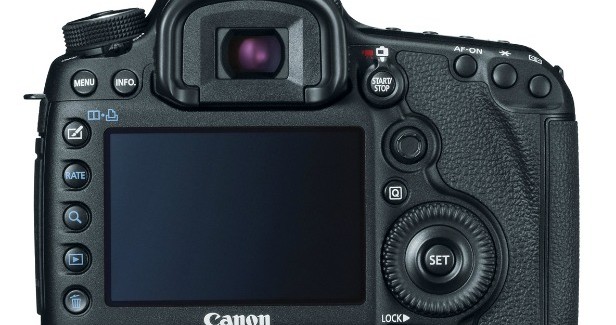
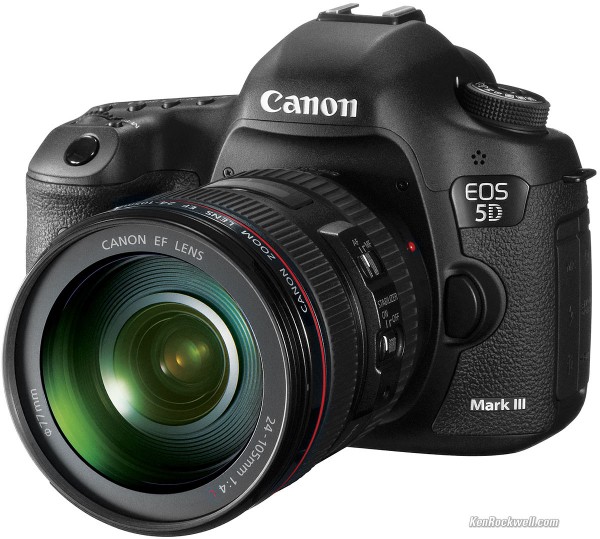



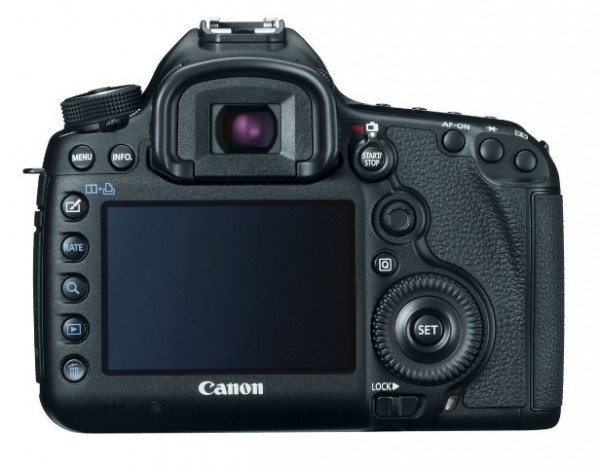
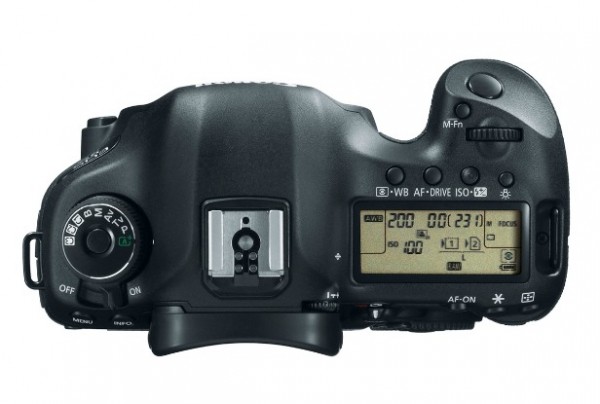
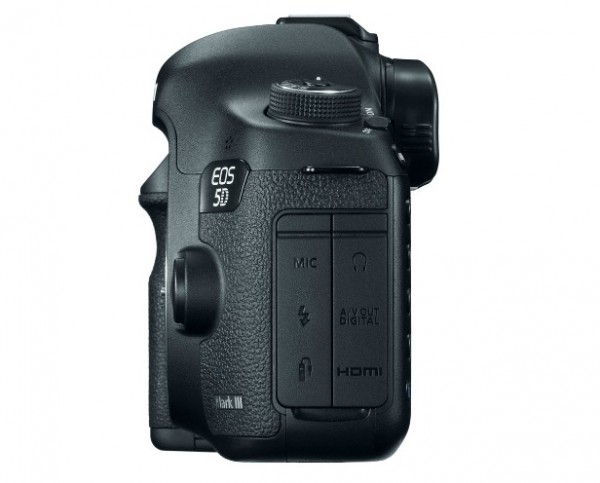
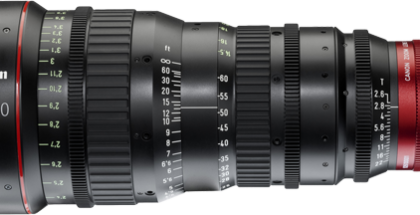
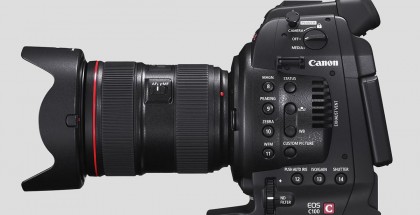
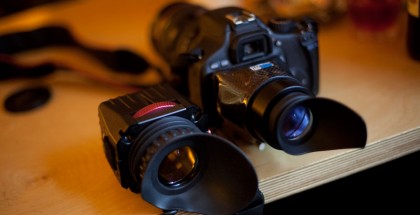


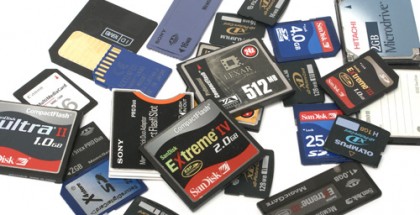
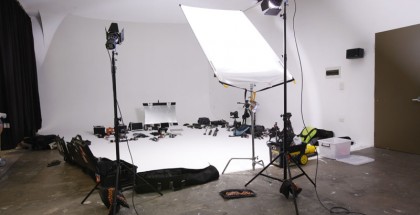













Comments